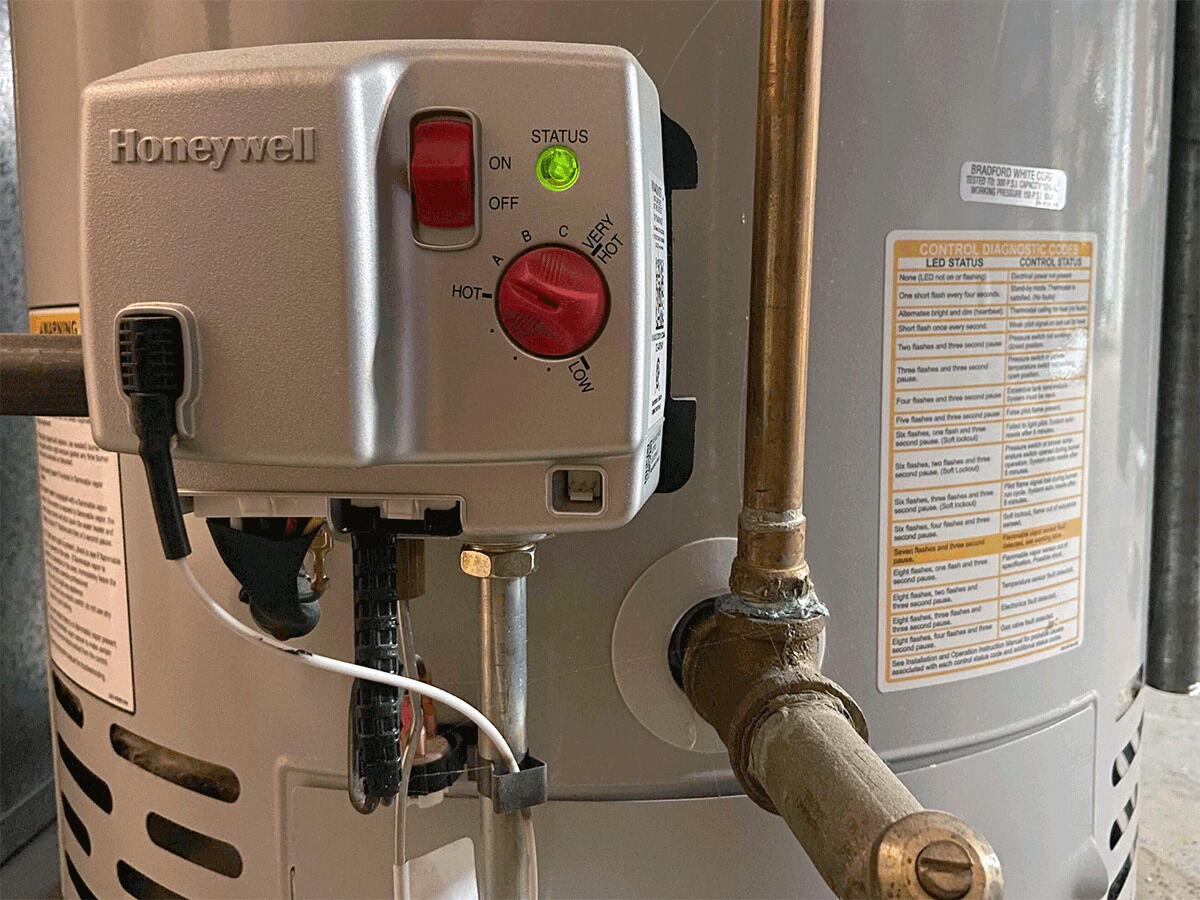

Articles
How To Know If Water Heater Is On
Modified: January 19, 2024
Learn how to determine if your water heater is turned on with these helpful articles. Get expert tips and advice on water heater maintenance and troubleshooting.
(Many of the links in this article redirect to a specific reviewed product. Your purchase of these products through affiliate links helps to generate commission for Storables.com, at no extra cost. Learn more)
Introduction
A water heater is an essential appliance in any household, providing hot water for various everyday tasks like showering, washing dishes, and doing laundry. However, there may be times when you’re unsure whether your water heater is on and functioning properly. In this article, we will guide you through several methods to determine if your water heater is indeed operational.
By following these simple steps, you can quickly identify if your water heater is on and avoid any unnecessary discomfort or inconvenience. Let’s delve into the various ways to check the status of your water heater and assess its functionality.
Key Takeaways:
- Ensure your water heater is on by checking the power source, indicating lights, operation sounds, warmth, water supply, and temperature. Regular checks and professional assistance maintain a steady supply of hot water for your home.
- Listening for operation sounds, feeling for warmth, and testing the water temperature are simple yet effective ways to determine if your water heater is functioning properly. Regular maintenance and professional help ensure a reliable hot water supply.
Read more: How To Disconnect Water Heater
Checking the Power Source
The first step in determining if your water heater is on is to check its power source. Most water heaters are connected to an electrical outlet or powered by gas. Here’s how you can check the power source:
- For an electric water heater: Start by checking if the circuit breaker or fuse for the water heater is in the “on” position. Locate the breaker panel in your home and look for the corresponding switch labeled for the water heater. If the breaker is turned off, switch it back on. This will restore power to the water heater.
- For a gas water heater: Ensure that the gas supply valve leading to the water heater is in the open position. The valve handle should be aligned parallel to the gas pipe. If the valve is turned off, turn it on to allow gas flow to the water heater.
After confirming the power source, move on to the next steps to further assess the functionality of your water heater.
Looking for Indicating Lights
Many modern water heaters are equipped with indicating lights that provide information about their status. These lights can indicate whether the water heater is on and functioning properly. Here’s how you can check for indicating lights:
- Locate the control panel: Look for the control panel of your water heater. It is usually located at the front or the top of the unit.
- Observe the indicating lights: Take a close look at the control panel and see if there are any lights that are illuminated. Different water heaters may have different indicator lights, so refer to the manufacturer’s manual for specific information.
- Interpret the lights: If you see a green or blue light, it generally indicates that the water heater is on and operating correctly. However, if the light is red or flashing, it may indicate a problem or an error code. Refer to the manual or contact a professional plumber for assistance in troubleshooting and resolving any issues.
Remember to consult the user manual or manufacturer’s instructions for your specific water heater model, as the placement and interpretation of indicating lights can vary.
If your water heater does not have indicating lights, don’t worry. There are still other methods to check if it is functioning properly. Let’s move on to the next step.
Listening for Operation Sounds
Another way to determine if your water heater is on and operational is by listening for specific sounds associated with its normal functioning. Here’s how you can listen for operation sounds:
- Find a quiet area: Move to a location near your water heater where you can listen for sounds without any background noise.
- Listen for a humming or buzzing sound: An operational electric water heater may produce a low humming or buzzing sound when it is heating the water. This is caused by the heating elements or the thermostat functioning and is normal. It indicates that the water heater is working to maintain the desired water temperature.
- Listen for a burner sound: In the case of a gas water heater, you may hear a faint burner sound when the gas is ignited to heat the water. This sound is usually a gentle whooshing or burning noise. It signifies that the gas burner is operational and heating the water.
- Pay attention to any unusual or loud noises: If you hear any banging, popping, hissing, or other unusual sounds, it could be an indication of a problem with your water heater. These sounds might suggest issues such as sediment buildup, a faulty valve, or a malfunctioning heating element. In such cases, it is advisable to contact a professional plumber to diagnose and address the issue.
Listening for operation sounds can give you a good indication of whether your water heater is functioning properly. However, if you are unable to hear any sounds or notice any unusual noises, there are still more methods to verify the status of your water heater. Let’s move on to the next step.
Check the indicator light on the water heater. If it’s on, the heater is running. You can also feel the hot water pipes to see if they’re warm.
Feeling for Warmth
One of the simplest and most effective ways to determine if your water heater is on is by feeling for warmth around the unit. Follow these steps to feel for warmth:
- Locate the water heater: Identify the location of your water heater. It is typically found in a utility room, basement, garage, or a designated water heater closet.
- Approach the water heater: Carefully approach the water heater, ensuring that it is safe to touch. Be cautious as the unit could be hot.
- Place your hand near the tank: Gently place your hand near the top and sides of the water heater tank. Feel for any warmth or heat radiating from the tank’s surface.
- Check the temperature of the hot water outlet: If possible, locate the hot water outlet from the tank. Run hot water in a sink or a faucet connected to the water heater and assess the temperature of the water. Hot water indicates that the water heater is functioning and delivering heated water.
Feeling for warmth around the water heater and testing the hot water outlet give you a tangible confirmation that the water heater is actively heating water. If you don’t feel any warmth or the water is not hot, it’s time to move on to the next step to further investigate.
Read more: How To Check A Water Heater
Inspecting the Water Supply
The next step in determining if your water heater is on involves inspecting the water supply. Checking the water supply can help you verify if water is being heated and flowing properly. Follow these steps to inspect the water supply:
- Locate the water supply pipes: Find the incoming hot water and cold water supply pipes connected to your water heater. These pipes are usually located near the top of the tank.
- Check for water flow: Turn on a hot water faucet or shower in your home and observe the water flow. If hot water is consistently flowing from the tap, it indicates that the water heater is functioning and supplying heated water throughout your plumbing system.
- Feel the pipes: Gently touch the hot water supply pipe connected to the water heater. If the pipe feels warm or hot, it suggests that hot water is being transferred from the water heater to the plumbing system.
- Check for leaks: Inspect the area around the water heater and the supply pipes for any signs of water leaks. Dripping water or puddles near the unit could indicate a leak, which may affect the performance of the water heater. If you notice any leaks, it’s important to address them promptly to prevent further damage.
Inspecting the water supply, checking for consistent flow, and feeling the pipes will provide valuable information about the functionality of your water heater. If you encounter any issues or suspect a leak, it may be necessary to seek professional assistance for repairs or maintenance.
Testing the Water Temperature
One final method to determine if your water heater is on and operating effectively is by testing the water temperature. This step allows you to physically assess if the water is being heated to the desired temperature. Follow these steps to test the water temperature:
- Select a hot water faucet: Choose a hot water faucet or shower in your home that is easily accessible for testing purposes.
- Run the water: Turn on the selected hot water faucet and allow the water to run for a few minutes. Make sure the cold water is fully flushed out of the pipes.
- Fill a container: Fill a container, such as a glass or a bowl, with the running hot water.
- Check the temperature: Use a thermometer to measure the temperature of the hot water. The ideal temperature for most households is around 120°F (49°C). If the water is significantly hotter or cooler than the desired temperature, it may indicate a problem with the water heater’s thermostat or control settings.
- Adjust the thermostat if necessary: If the water temperature is not within the desired range, consult your water heater’s manual to adjust the thermostat settings. It’s important to be cautious when adjusting the temperature to avoid scalding or excessively high temperatures.
By testing the water temperature, you can ensure that your water heater is operating correctly and providing hot water at the desired temperature. If you notice any discrepancies in the water temperature or are unable to adjust it to the desired level, it may be necessary to seek professional assistance for further evaluation and repairs.
Conclusion
Knowing if your water heater is on and functioning properly is vital for ensuring a steady supply of hot water in your home. By following simple steps to assess its status, you can quickly determine if your water heater is operational or if there are any underlying issues that need to be addressed.
By checking the power source and looking for indicating lights, you can gain initial insights into the functioning of your water heater. Additionally, listening for operation sounds, feeling for warmth, inspecting the water supply, and testing the water temperature offer further confirmation of its performance.
If you encounter any issues, such as a lack of hot water, unusual sounds, leaks, or inconsistent temperatures, it’s advisable to seek professional help to diagnose and resolve the problem. Professional plumbers have the expertise and resources to identify and fix any issues with your water heater effectively.
Regular maintenance and servicing of your water heater can help ensure its longevity and optimal performance. It’s recommended to follow the manufacturer’s guidelines for maintenance and schedule regular inspections to keep your water heater in good working condition.
By implementing these methods to check your water heater’s functionality, you can enjoy a reliable supply of hot water for your daily needs. So, take the time to check your water heater regularly, and if any issues arise, don’t hesitate to seek professional assistance. After all, a well-functioning water heater contributes to a comfortable and convenient home environment.
Frequently Asked Questions about How To Know If Water Heater Is On
Was this page helpful?
At Storables.com, we guarantee accurate and reliable information. Our content, validated by Expert Board Contributors, is crafted following stringent Editorial Policies. We're committed to providing you with well-researched, expert-backed insights for all your informational needs.
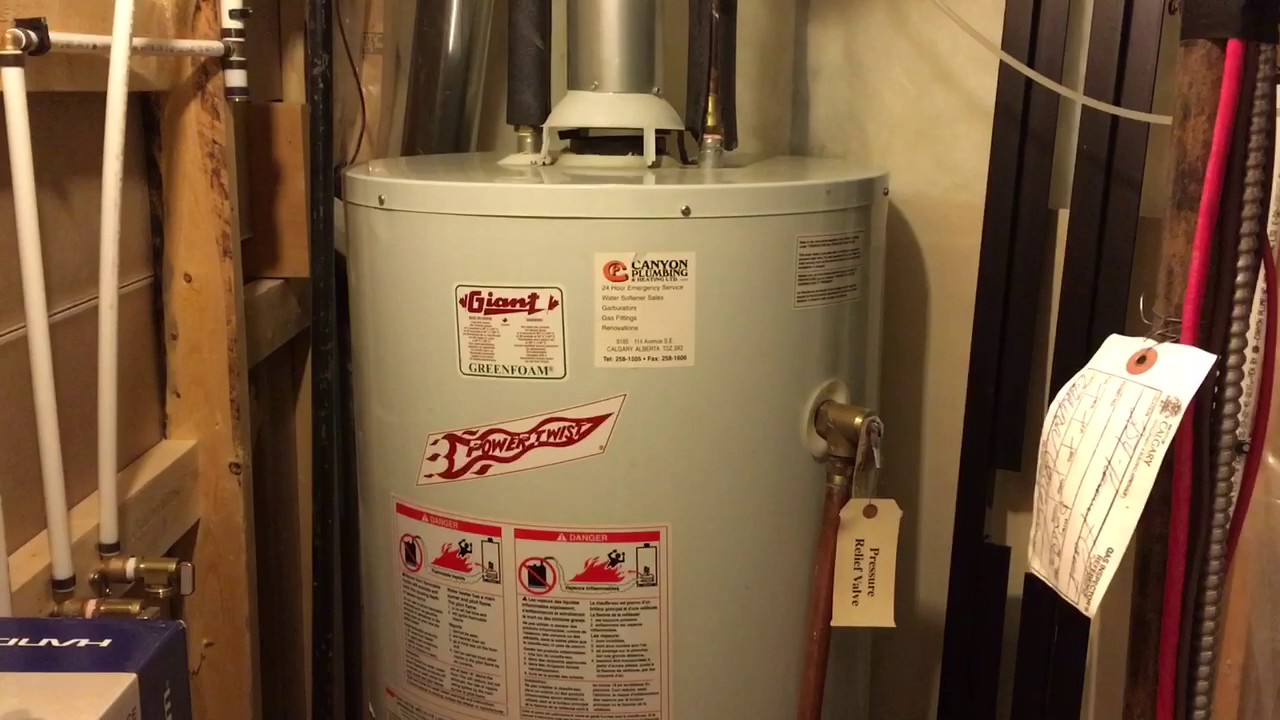
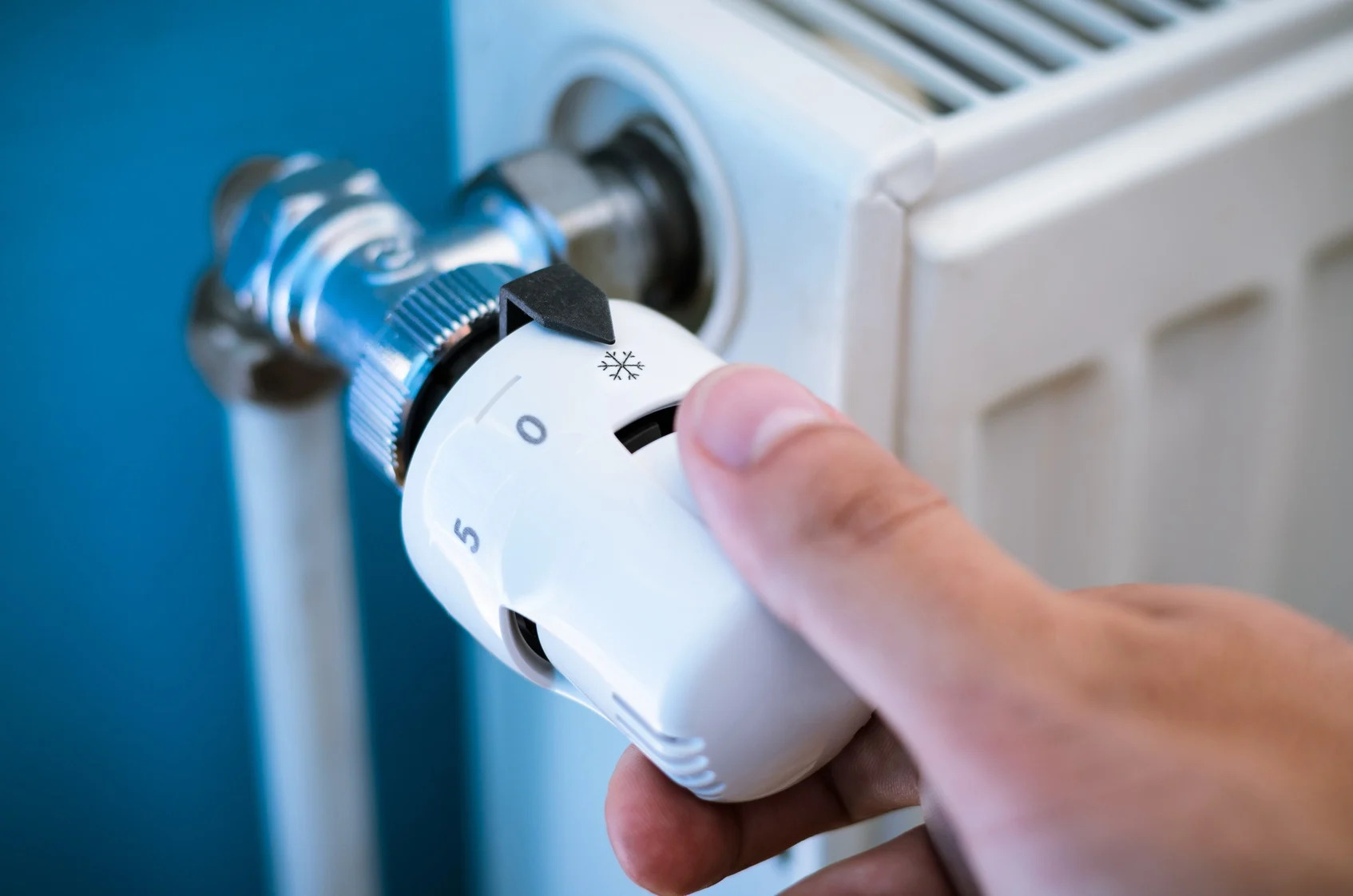
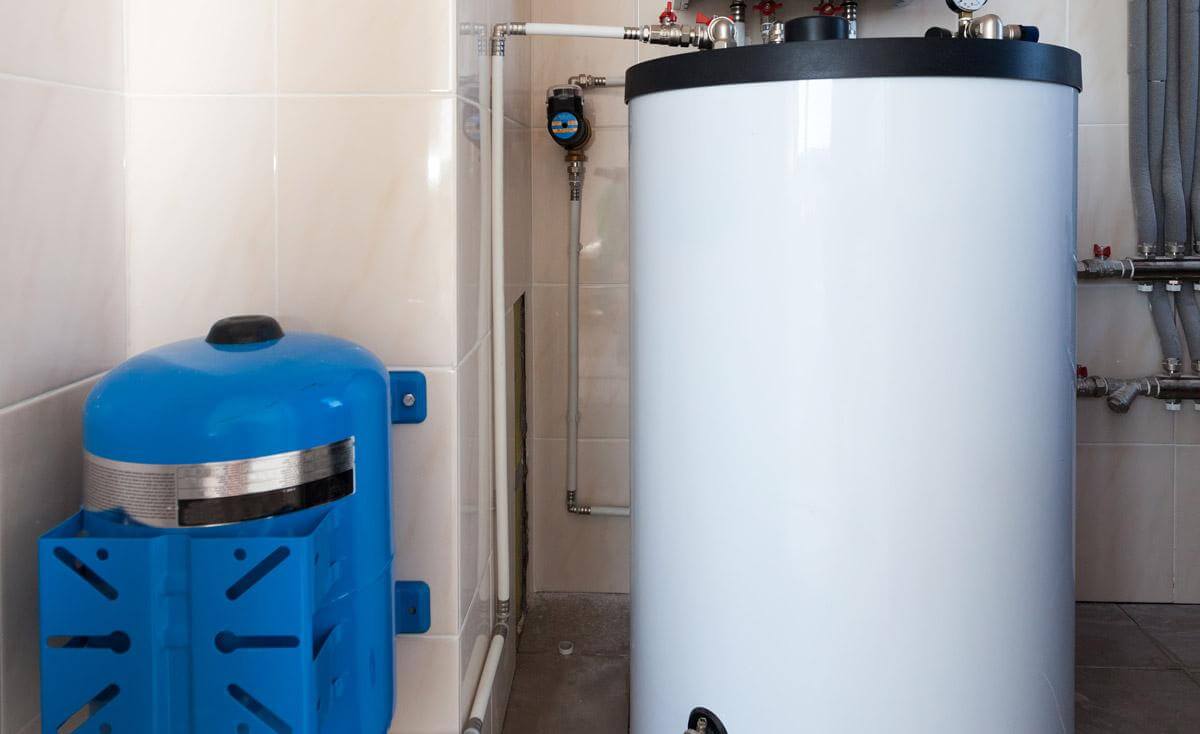
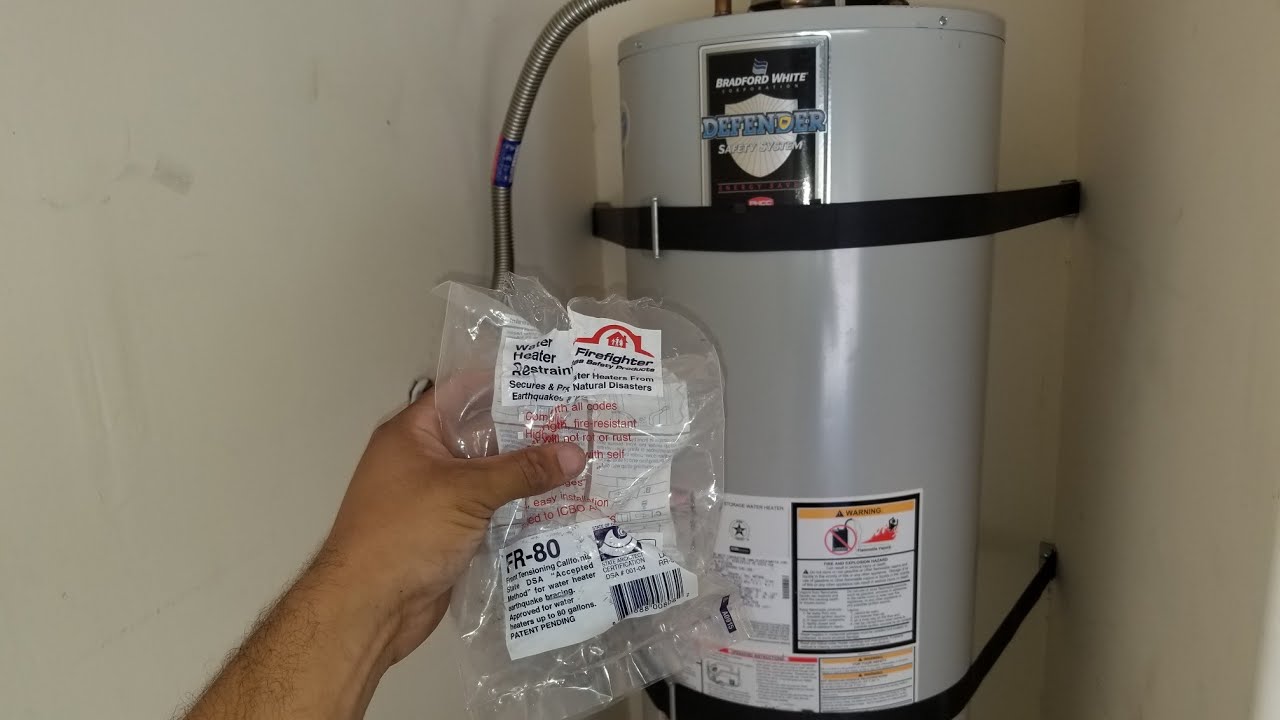
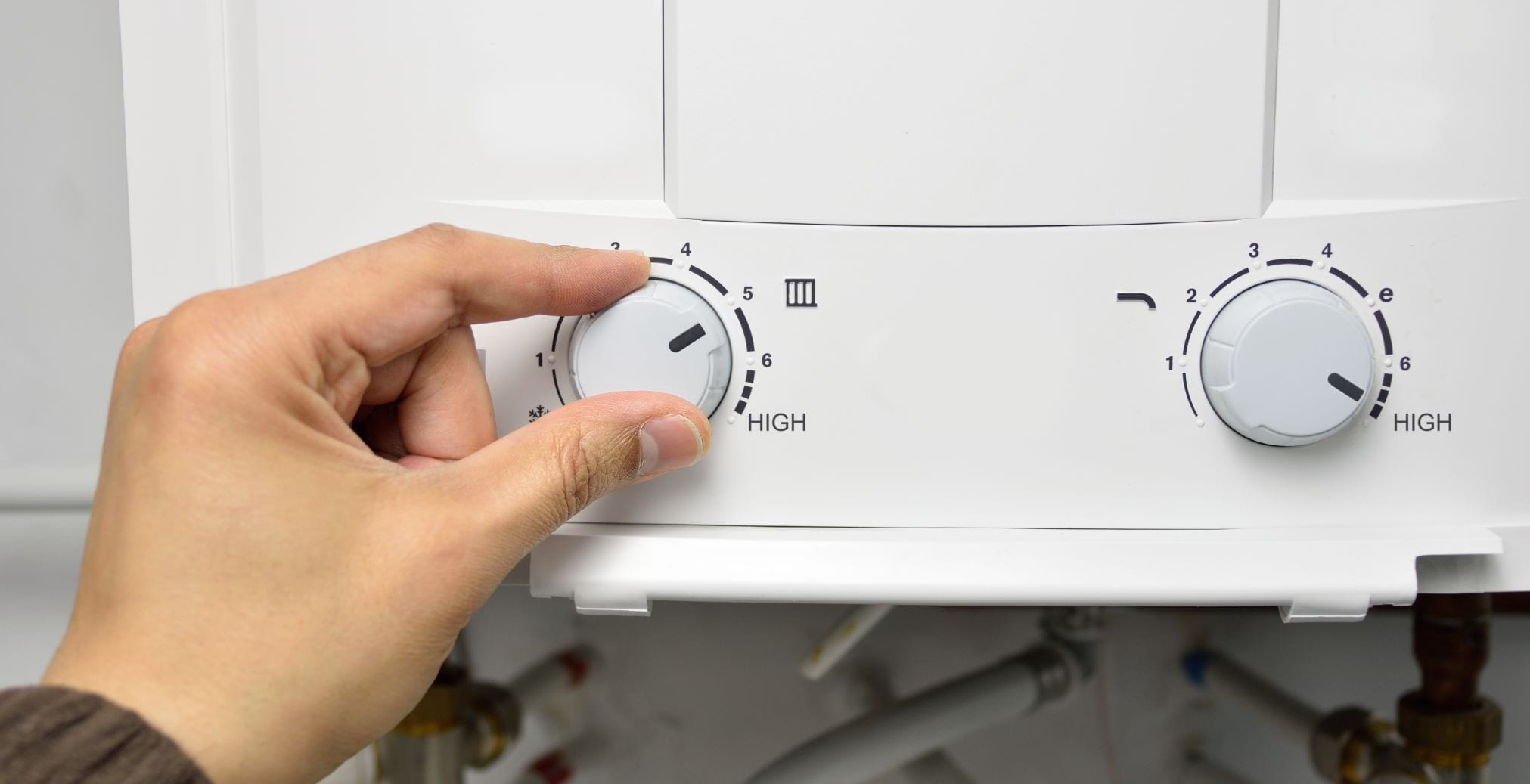
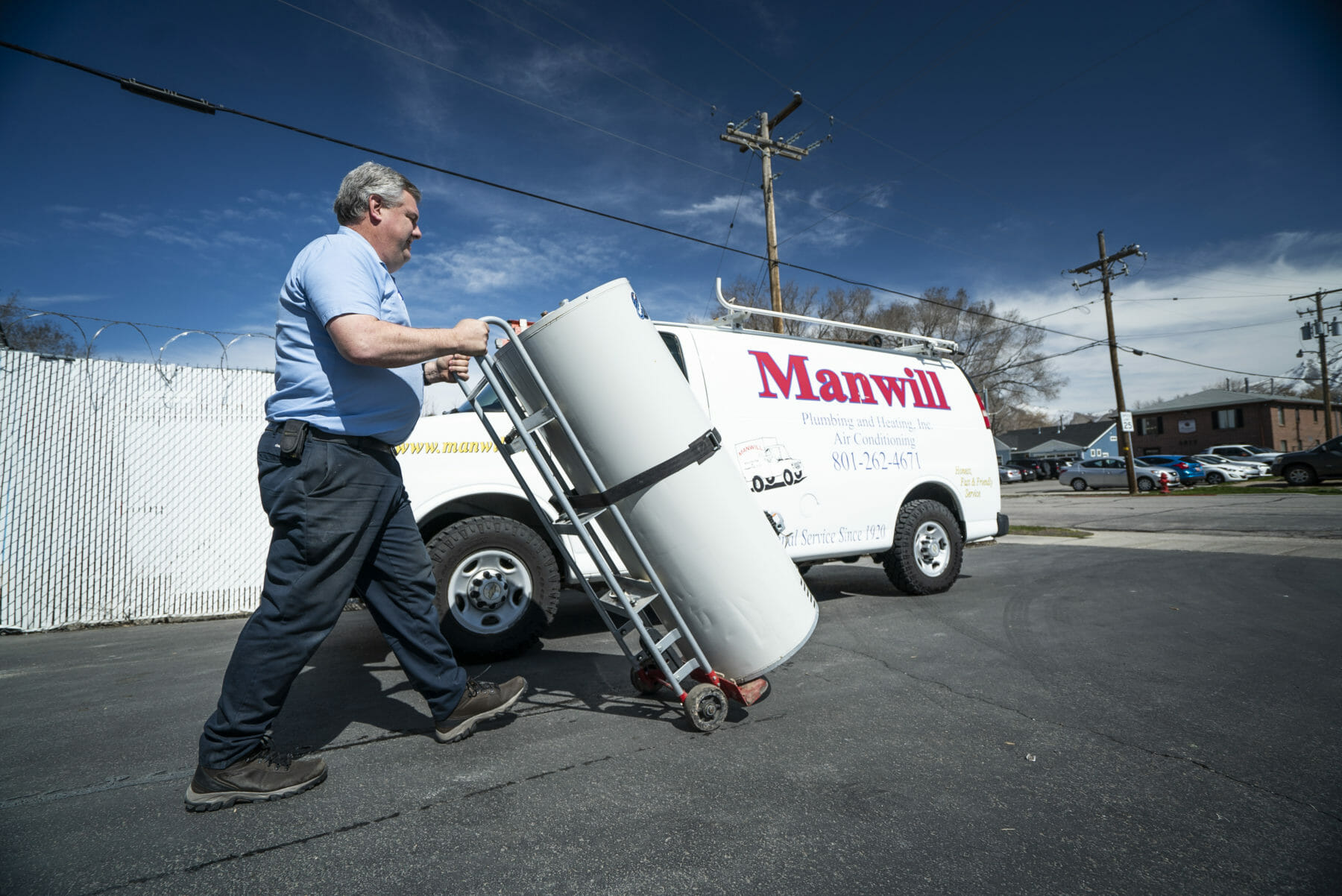
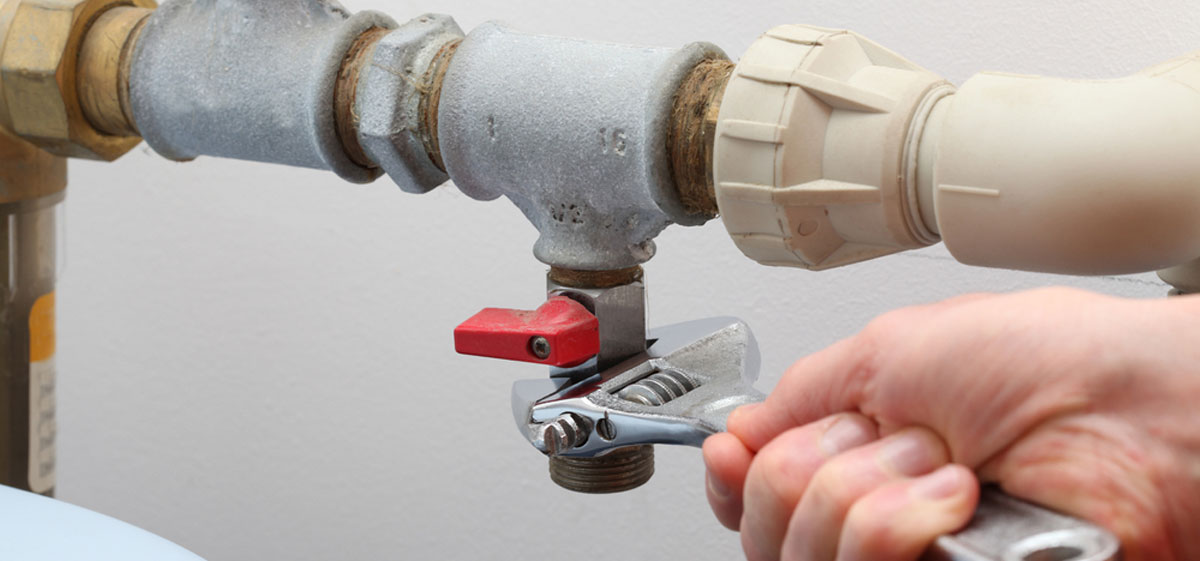
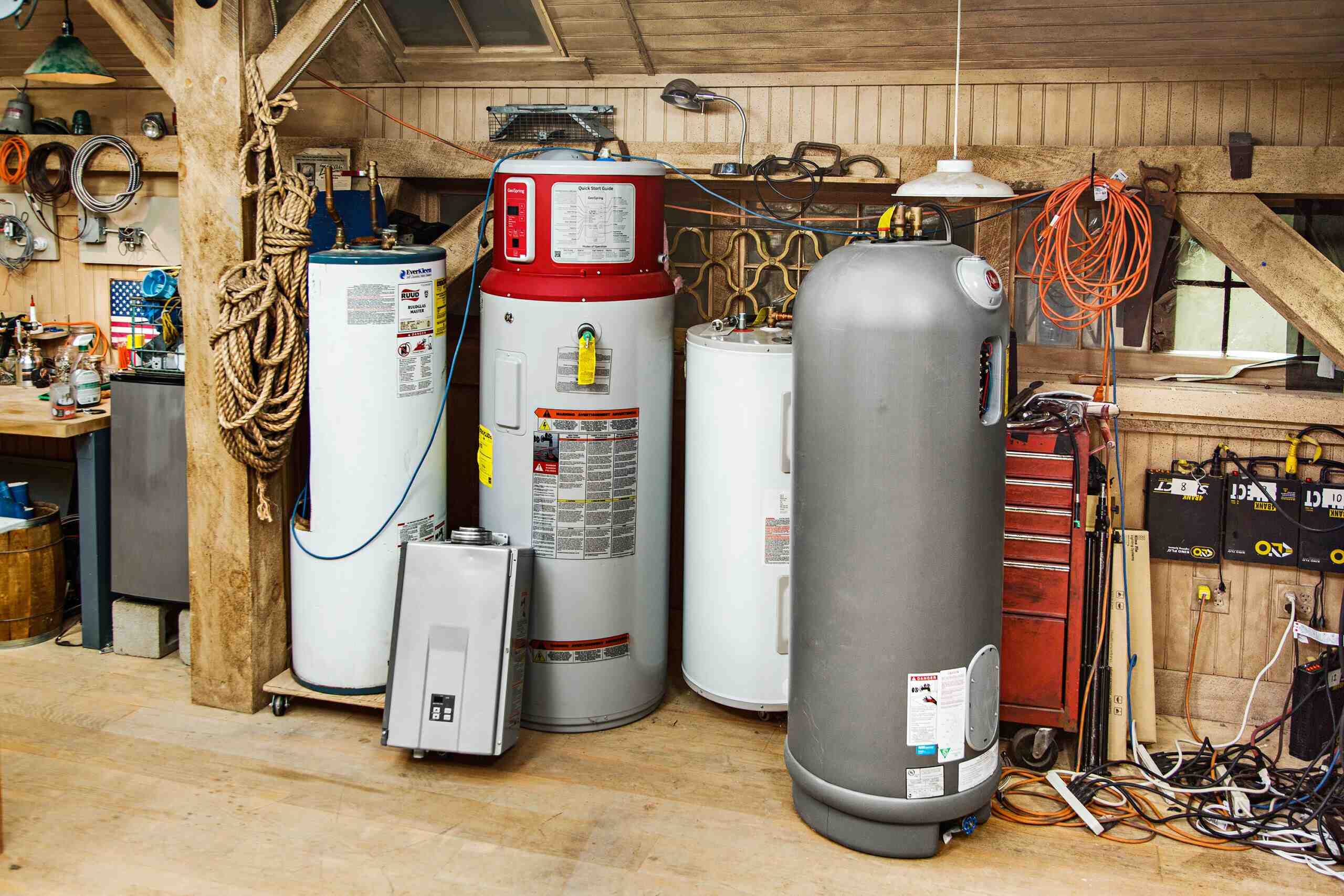
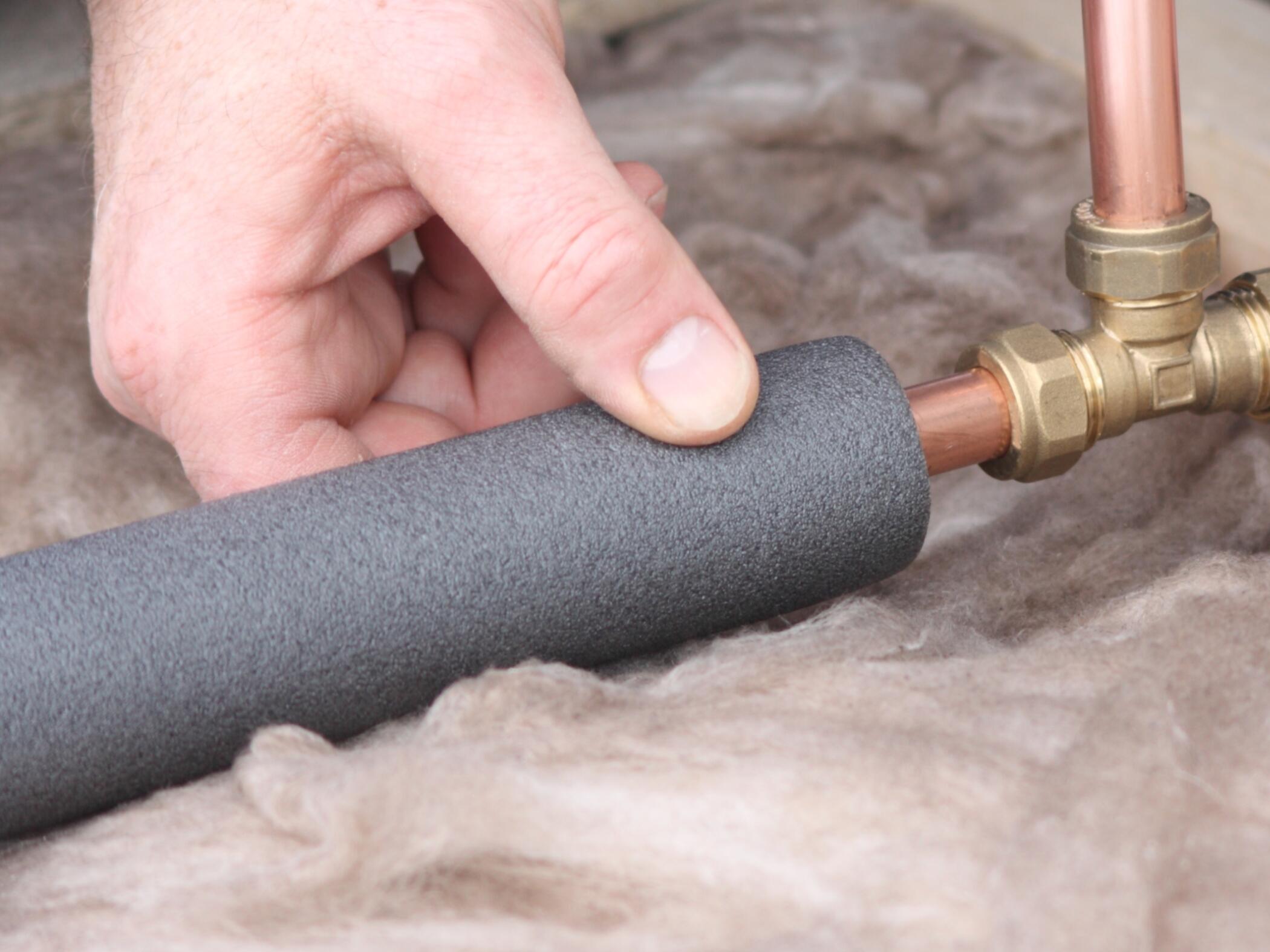
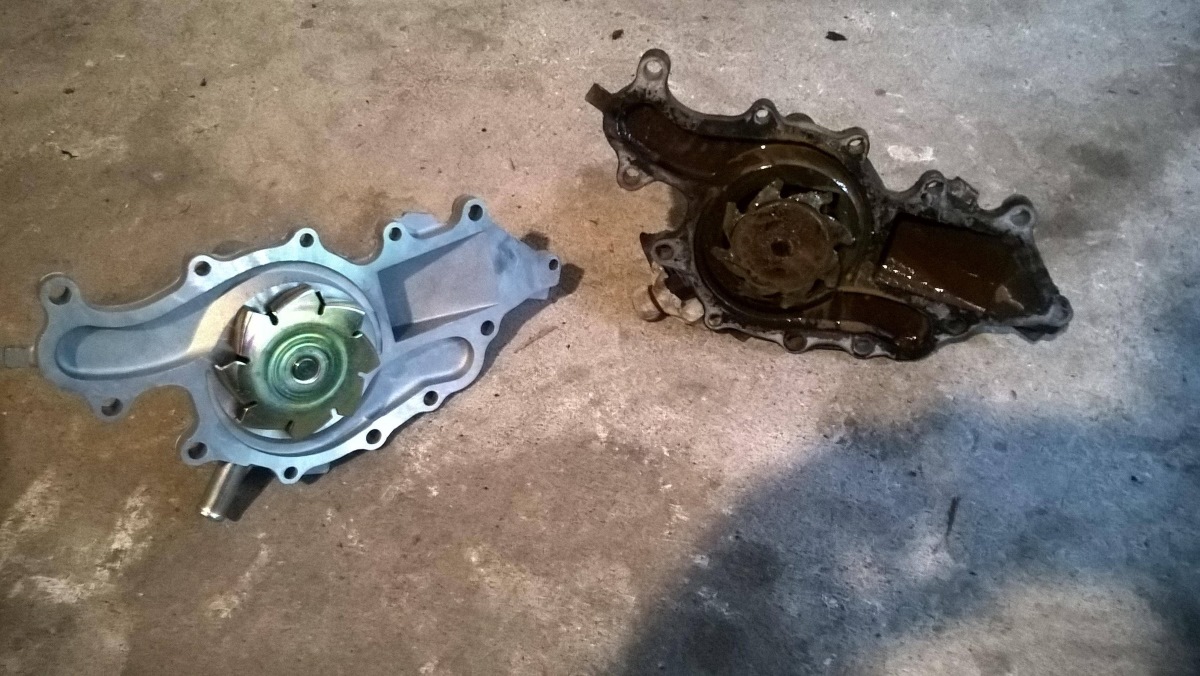

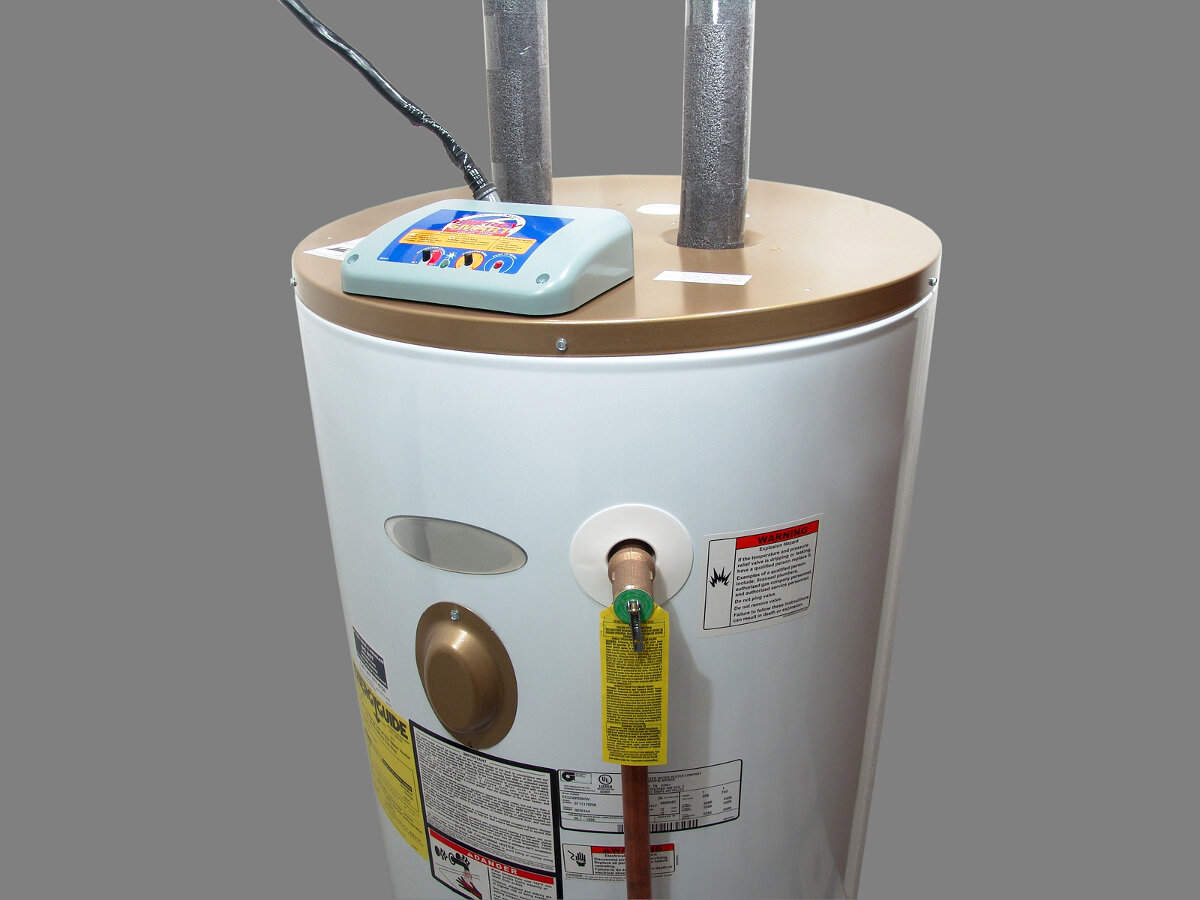
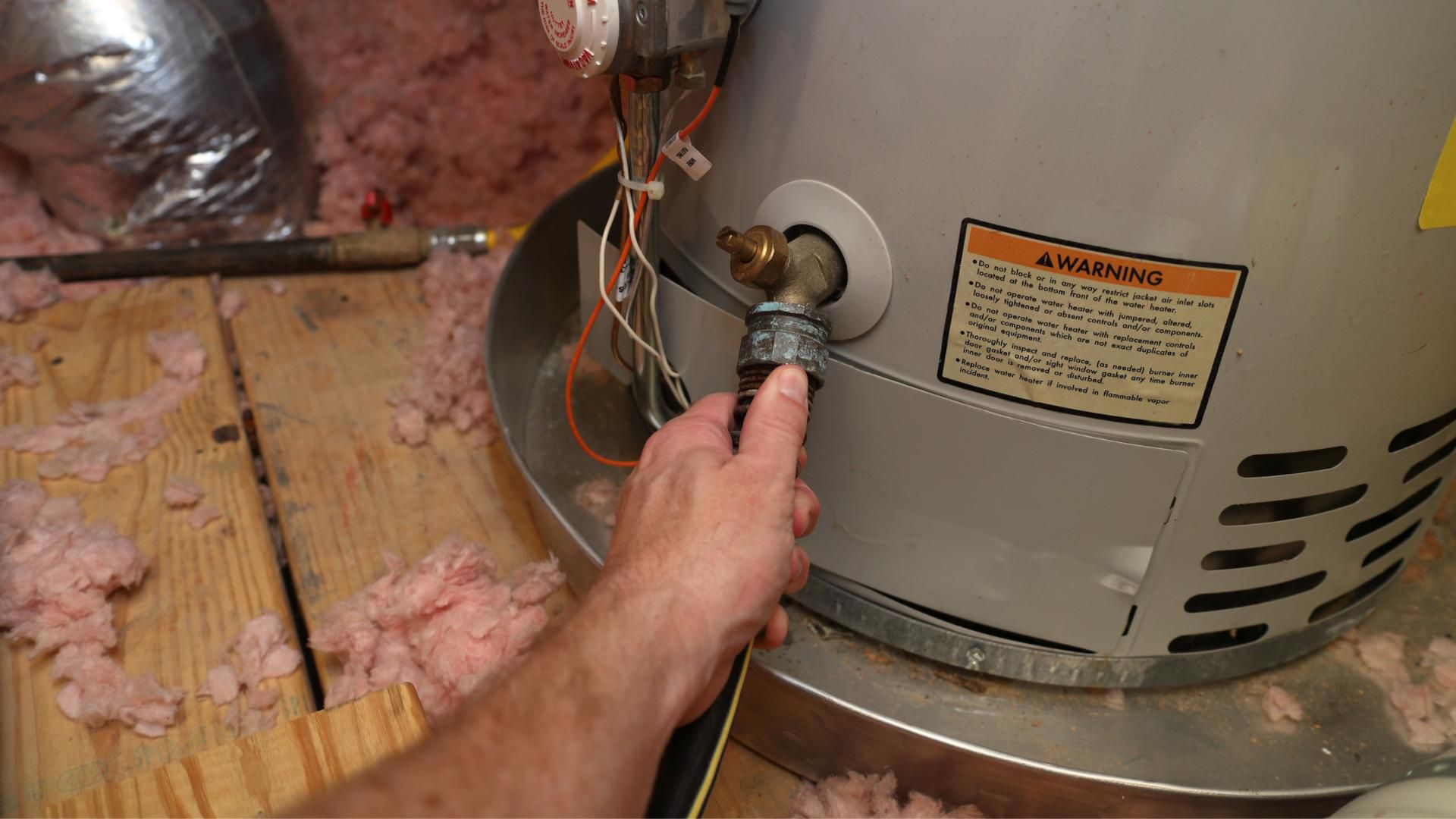
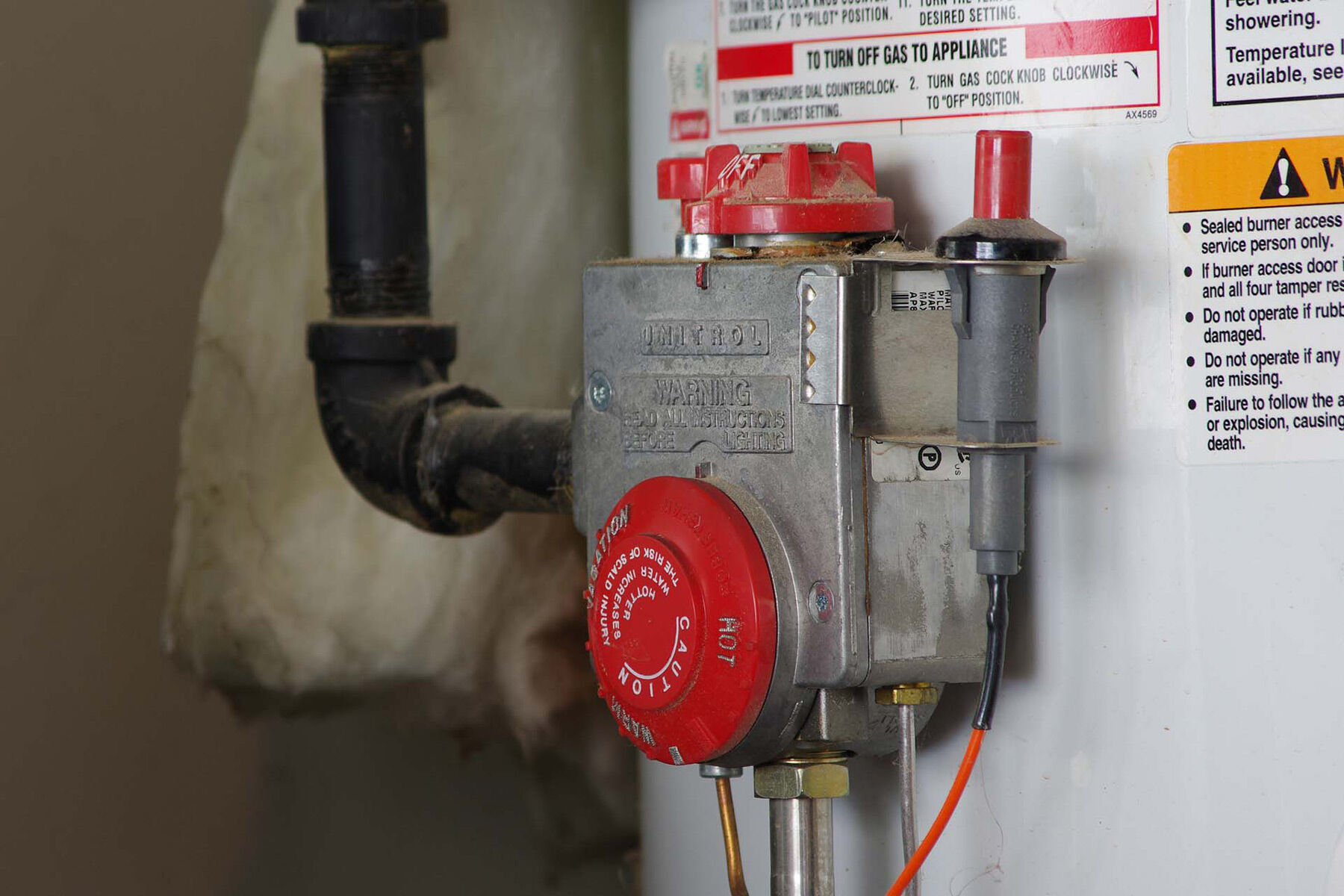

0 thoughts on “How To Know If Water Heater Is On”